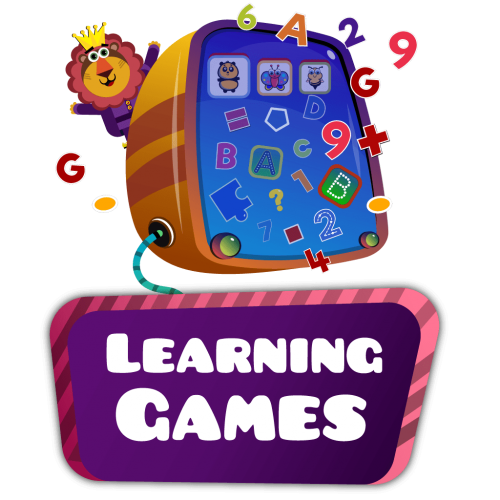We have been seeing a lot of Preschool and Kindergarten Learning Games on the App Store these days. Almost all of these games have activities for kids to perform in order to learn math or english. These activities are very useful and provide kids another approach to learning the various subjects. It is now time to take the next step into increasing the engagement of children in educational activities that are delivered with the help of technology.
All of us have heard of the term Gamification of Education, but how many of us truly understand its meaning? Gamification of Education is less about putting games into learning, but more about rewarding children with knowledge when they complete a set of challenges. The difference between gamification of education and the traditional approach is the same as the difference between learning and teaching. Learning happens voluntarily whereas teaching happens when another person is trying to impart knowledge to an individual or a group of students. The reason why gamification is considered an advanced pedagogy of education is because children value the knowledge more when it is gathered voluntarily.
Engaging Little Ones in Valuable Tech Time

As we reviewed the BubbleBud Kids Universe, we realised its potential of involving kids in the learning process through rewarding activities and fun games. Across all the 100s of activities available in the BubbleBud Kids Universe, preschool kids are encouraged to complete learning games and then earn knowledge in the form of interesting facts. The objective of each module in the BubbleBud Kids Universe is to make kids more aware of the topic being taught.
A very good example would be the runner game in the module called Animalia. Kids have to select an animal to play this game and the objective is to collect a certain number of coins in order to complete the level. As kids are collecting coins, they also come across food items that the animal eats. Collecting the food item gives more coins to children encouraging them to collect it more. By the end of the level, kids would know exactly what the staple diet of that particular animal is. So, if I am playing the level with a Panda, I must collect bamboos on my way. I was overwhelmed by the way knowledge is being imparted to children these days.
The Topic-Based Learning Approach
Another interesting point we noticed during the review was that there is just one module that has activities related to subjects. All other modules had activities linked to topics. The BubbleBud Kids Universe follows a Topic-Based Learning approach wherein kids are learning the various subjects as they are learning about the topics we teach them in our school. So, when kids are performing activities related to the Solar System in this module called “Solar Family”, they are learning how to spell the names of the planets (English) and are learning how to count them (Math). Thinking about it, this approach has the potential to kids a purpose to learn the various subjects. Unlike the traditional approach, where we give them 10 random items and ask them to count, or have them spell A for Apple and B for Ball, the topic-based learning approach can actually make sure that kids remember what they have learned for longer periods of time.
Moral Values That Matter TODAY!
Did you know about the Sustainable Development Goals set by the United Nations? If you do, have you made sure that your little ones are also aware and respect these goals? In some of the interactive stories we played through in the BubbleBud Kids Universe, we noticed that the moral values were not just about personalities. The stories educate kids about the problems the world is facing today and make them responsible towards building a better world, a better future for themselves. One of the stories encourages children to keep the environment clean and another one teaches them about good leadership. Of course, all of this is achieved through fun games and activities that kids love to do.
Encouraging Creativity
In this competitive world, how does one differentiate from another? It is all about how creative one person is compared to another. Could we ever teach kids to be creative? Of course not, but what we could do is encourage them to think out of the box. In a module called “Clunky”, kids are allowed to create their own learning material. Let’s take an example of a typical classroom. The teacher teaches kids that Wild Animals live in the Jungle and Sea Animals live under the water. But does it mean that Wild Animals can’t dive under the water, or Sea Animals can’t go into outer space?
With Clunky, kids are allowed to pick their own characters, environments and create their own learning activities. It is like Lego for education. As the game progresses, kids unlock more characters and environments. The fun part in this module is the fact that kids can practice prewriting patterns and create custom animations for the characters they have selected.
Conclusion
To sum it up, it is time that other preschool and kindergarten learning game developers stop making the same activities with different graphics and start building new approaches to engage children in learning and find different ways to impart knowledge. Technology is best used if it can bring about a difference in people’s lives rather than being just another past time.
With the BubbleBud Kids Universe, it is the 1st time we are seeing a new pedagogy in digital education. There are tons of activities that kids can perform and learn about the world around them or do some Math or learn English. One must at least try it out to see how much this educational game can be useful to our children.
You can download it here.

